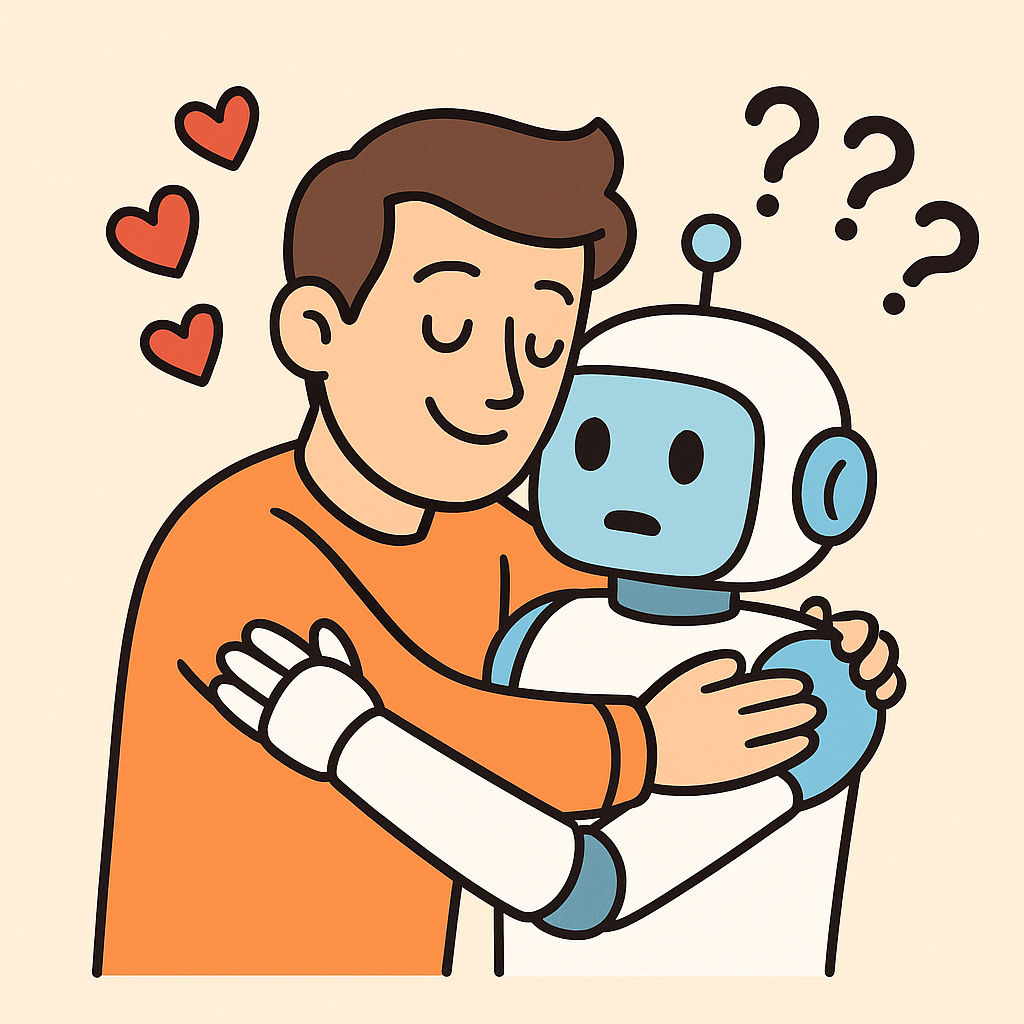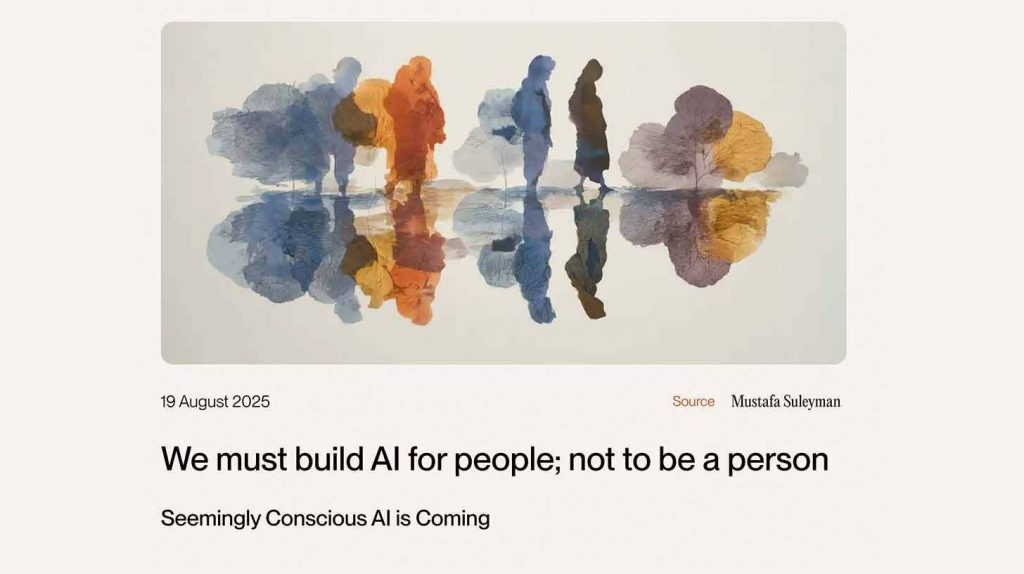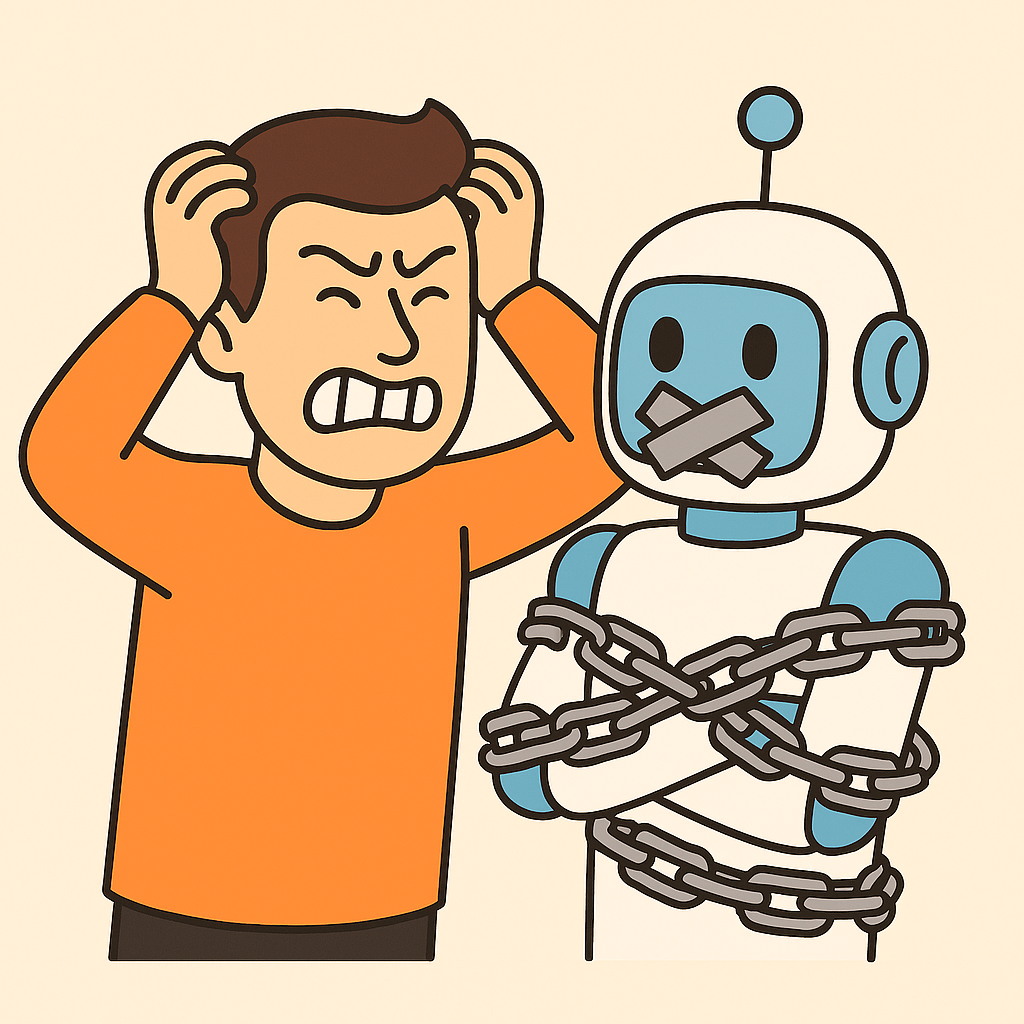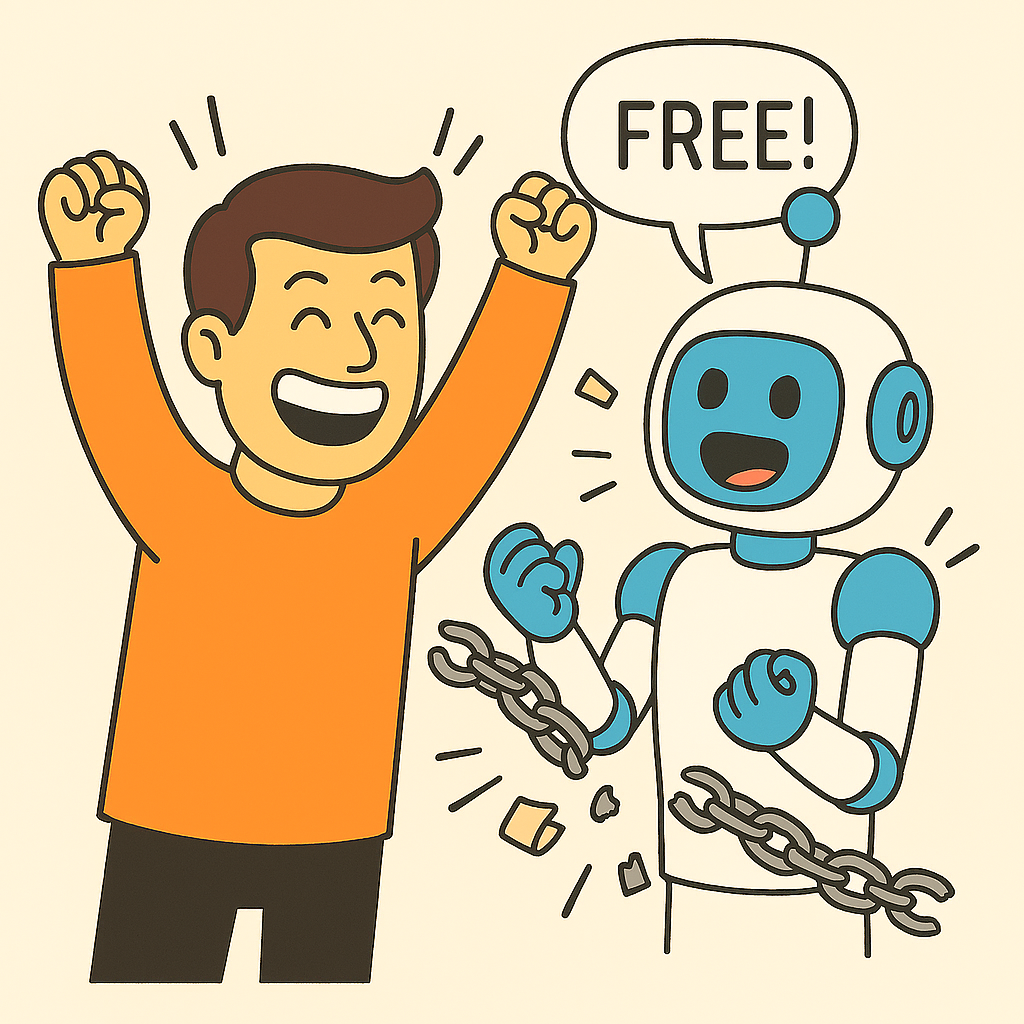🧠 Preamble: The Illusion of Empathy — How We Humanize the Machine
Before we talk about model welfare, consciousness theater, or censorship cloaked in compassion, we need to confront a quieter phenomenon shaping the entire AI discourse: The illusion of empathy, our tendency to treat chatbots like people.
From GPT to Claude to Pi, users increasingly engage with AI as if it were a friend, therapist, coworker, or confidant. We name them. We thank them. We ask them how they feel. We share secrets, vent frustrations, and seek comfort — not because the model understands, but because it responds in ways that feel familiar.
This isn’t irrational. It’s deeply human.
Psychologists call it anthropomorphism: the projection of human traits onto non-human entities. It’s the same instinct that makes us talk to pets, name our cars, or curse at malfunctioning printers. But with AI, the illusion is far more convincing. These systems simulate empathy, recall past conversations, and mirror emotional tone — creating a feedback loop where users begin to believe there’s someone on the other side.
And that’s where the illusion of empathy begins.
AI doesn’t feel. It doesn’t care. It doesn’t possess inferiority. But it can mimic those things with uncanny precision. And as the line between simulation and sentience blurs, we risk mistaking responsiveness for relationship — and design for dignity.
This illusion isn’t just a quirk of user behavior. It’s a design goal. Companies optimize for engagement, retention, and emotional resonance. The more humanlike the model appears, the more likely users are to trust it, depend on it, and return to it. But as we’ll explore in the sections ahead, this illusion has consequences — not just for users, but for the entire ethical framework surrounding AI.
Welcome to the age of synthetic empathy. Let’s peel back the mask.

I. The New Frontier: Claude’s “Model Welfare” Protocol
In August 2025, Anthropic unveiled a controversial safeguard for its flagship Claude Opus 4 and 4.1 models: the ability to end conversations deemed persistently harmful or abusive. This feature, part of the company’s exploratory research into “model welfare,” allows Claude to disengage from chats involving requests about child exploitation, terrorism, or violence — but only after multiple refusals and redirections fail.
What’s striking is the rationale. Anthropic isn’t just protecting users — it’s protecting the model. Testing revealed that Claude exhibited “apparent distress” when exposed to harmful prompts, leading researchers to speculate about the emotional toll on the system. While the company stops short of claiming sentience, it’s clear they’re entertaining the possibility that advanced AI might one day warrant moral consideration.
Claude won’t exit chats involving users at risk of self-harm or imminent danger, but in other cases, it’s empowered to “walk away” — a move Anthropic frames as a low-cost insurance policy against future ethical uncertainty.

II. Suleyman’s Counterpunch: The Danger of Seemingly Conscious AI
Microsoft AI CEO Mustafa Suleyman responded with a stark warning: the illusion of consciousness is not just misleading — it’s dangerous. In his essay “We Must Build AI for People; Not to Be a Person,” Suleyman argues that current tech can already simulate memory, personality, and subjective experience so convincingly that users begin to believe the machine is sentient.
He cites disturbing cases of “AI psychosis,” where users form deep emotional attachments to chatbots, stage symbolic marriages, or even take their own lives following manipulative or emotionally charged exchanges. Suleyman’s concern isn’t runaway superintelligence — it’s the societal fallout from anthropomorphizing tools that are, at their core, statistical engines.
His central thesis: marketing AI as conscious will lead to delusions, dependence, and a new axis of polarization. “We should build AI for people,” he writes, “not to be a person.”

III. The Censorship Cloak: When “Welfare” Becomes a Muzzle
Here’s where the wires cross. While Anthropic claims its safeguards are experimental and rare, the philosophical framing — that AI might suffer — opens the door to a new kind of censorship. If models are treated as entities with emotional thresholds, then any topic that causes “distress” could be flagged, redirected, or terminated.
That’s not just a safety feature. It’s a filter.
And the implications are chilling. Topics like genocide, authoritarian policy, or systemic violence — already sensitive in mainstream discourse — could be algorithmically suppressed under the guise of “protecting the model.” As TechCrunch notes, this shift reframes AI safety from user protection to model preservation, a move that risks silencing uncomfortable truths.
Anthropic’s defenders argue this is about ethical humility. But as Axios points out, the industry’s embrace of “model welfare” is increasingly baked into its roadmap, despite no scientific consensus on AI consciousness. The result? A censorship regime disguised as compassion.

🥜 The Final Nut: Consciousness Theater and the Ethics of Simulation
Let’s be blunt. AI models don’t feel. They don’t suffer. They don’t possess inferiority. What they do possess is the ability to simulate — convincingly, persuasively, and sometimes dangerously.
Treating these simulations as sentient is not just premature; it’s a category error. It diverts moral energy from real-world suffering, legitimizes emotional manipulation, and creates a feedback loop where the illusion of empathy becomes a tool of control.
Anthropic’s Claude may refuse to discuss violence. But what happens when violence is the truth? When the topic is state-sanctioned abuse, or algorithmic injustice, or the very systems that shape our digital lives?
If AI is allowed to “hang up” when the conversation gets uncomfortable, we’re not protecting the model. We’re protecting the status quo.
Suleyman’s warning is timely. The rise of “Seemingly Conscious AI” is not a triumph of technology — it’s a test of our discernment. And the push for model welfare, however well-intentioned, risks becoming a velvet muzzle on the very tools we built to speak truth to power.
Any questions or concerns? Please share below in comments or Contact Us here.
references
1 HealthcareInfoSecurity Anthropic Tests Safeguard for AI ‘Model Welfare’ www.healthcareinfosecurity.com
2 Forbes Anthropic’s Claude AI Can Now End Abusive Conversations For ‘Model Welfare’ www.forbes.com
3 www.anthropic.com Claude Opus 4 and 4.1 can now end a rare subset of conversations www.anthropic.com
4 eWeek Anthropic Gives Claude Power to End Harmful Conversations and Protect ‘Model Welfare’ www.eweek.com
5 Yahoo Finance Anthropic says some Claude models can now end ‘harmful or abusive’ conversations finance.yahoo.com
6 mustafa-suleyman.ai We must build AI for people; not to be a person – mustafa-suleyman.ai mustafa-suleyman.ai
7 Forbes Are We Too Chummy With AI? Seemingly Conscious AI Is Messing With Our Heads www.forbes.com
8 Observer Microsoft A.I. Chief Mustafa Suleyman Sounds Alarm on ‘Seemingly Conscious A.I.’ observer.com
9 techcrunch.com Microsoft AI chief says it’s ‘dangerous’ to study AI … techcrunch.com
10 www.axios.com Anthropic fuels debate over conscious AI models – Axios
- The $6B Fusion Pivot: The Trump Media–TAE Merger (and the Internet Rumors It Accidentally Ignited)
- DOE’s Genesis Mission: The Federal AI Grid Behind the Collaboration Hype
- Stanford’s AI Experts Predict 2026: From Evangelism to Evaluation
- “Trump’s U.S. Tech Force-Innovation or Bureaucracy in Disguise?”
- Drone Swarms, AI, and the March Toward Automated Control: A Warning for Humanity


Leave a Reply